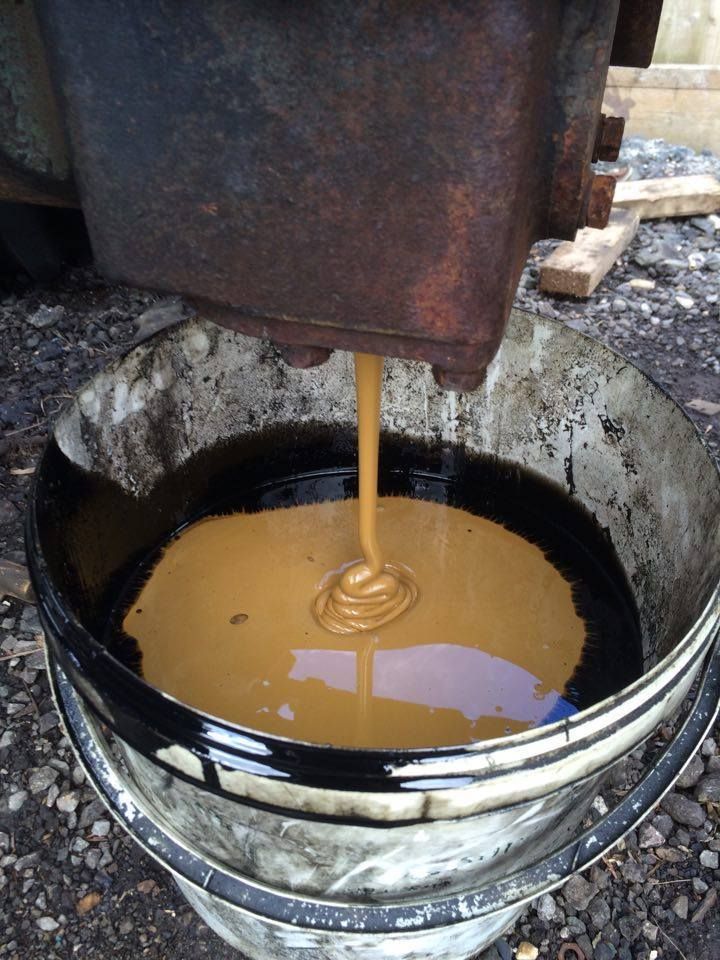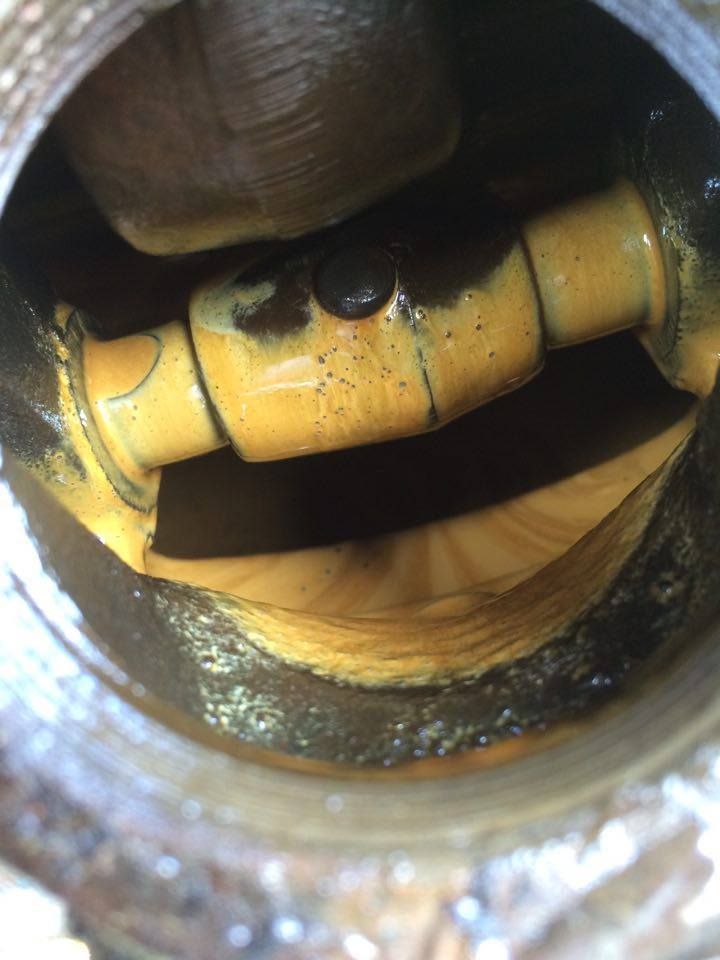Lest you think of lifting heavier stuff than the bull gear, be careful with the old scaffold poles Billy, while end on they are extremely strong, horizontally they are not and despite testing the flex, a bit of gentle bouncing with some of the load on they may seem fine BUT just when you least expect it under load they go from straight to banana shape in no time at all and god help anyone in the way.
Size for size water or gas pipe may be stronger if thicker walled, doubling or trebling up may improve the odds and keeping the uprights as close as possible to the loading point helps too (think A frame rather than H frame in both directions) but if you absolutely have to lift anything substantial block it up to minimise any drop. I prefer a bit of I beam or a decent timber beam for preference but scaffold is just so light, quick, easy

My 'Waterloo' moment was about 10 o'clock one Friday night up a church tower, 5 cwt of bronze, cast in 1636 and I needed it up by about 2ft to stand on some timbers, nearly there when the tube bent with no warning, its surprising how fast something goes downwards even while bending a tube, the bells downward progress was brought to a halt fortunately straddling two rolled iron girders but the resultant crash could be heard over quite a distance judging by the number of parisioners who subsequently arrived while I was still busy trying to determine the amount of damage to my underwear! Thankfully the bell, had been badly cracked some years before was due to be broken up for re casting, needless to say I had put up a proper stillage and block carriage ready for its return but every time since I have jury rigged a lifting point that accusing clang has reminded me what happens if you get it wrong.
Hope you don't mind the friendly heads up just in case you didn't already know

and good progress on the sealing front, having tried those yard / metre long bits of studding you can buy for similar extractions they are too soft to be much use. A boilermaker friend showed me a technique he uses for getting tubes out of tubeplates, he runs a heavy bead of weld round inside them and as it cools it shrinks them slightly, have used this on bearing outer races which are for the scrap heap and like with welding a bit of rod on a broken stud, in cast iron the weld does not adhere if you 'miss'.




